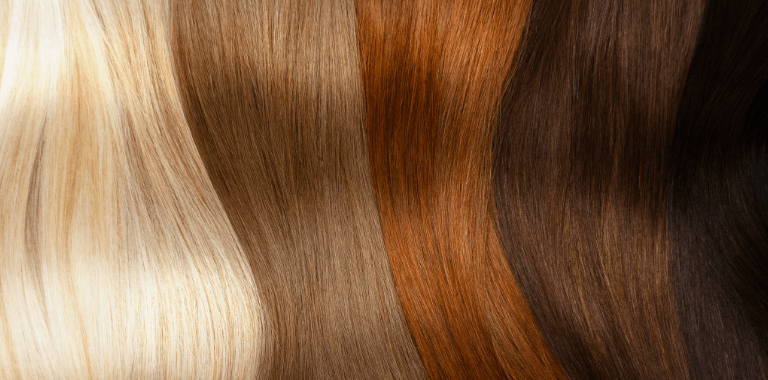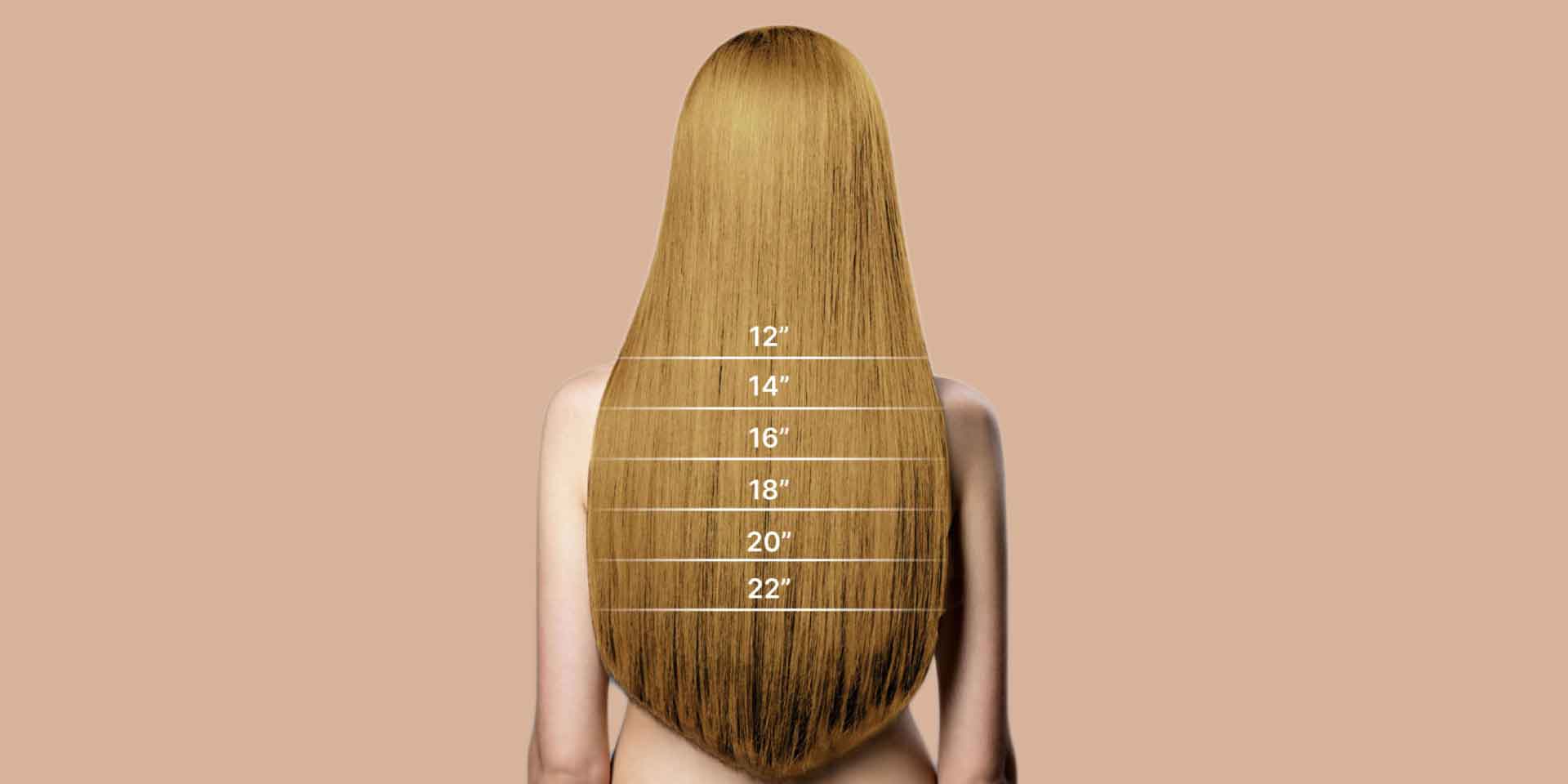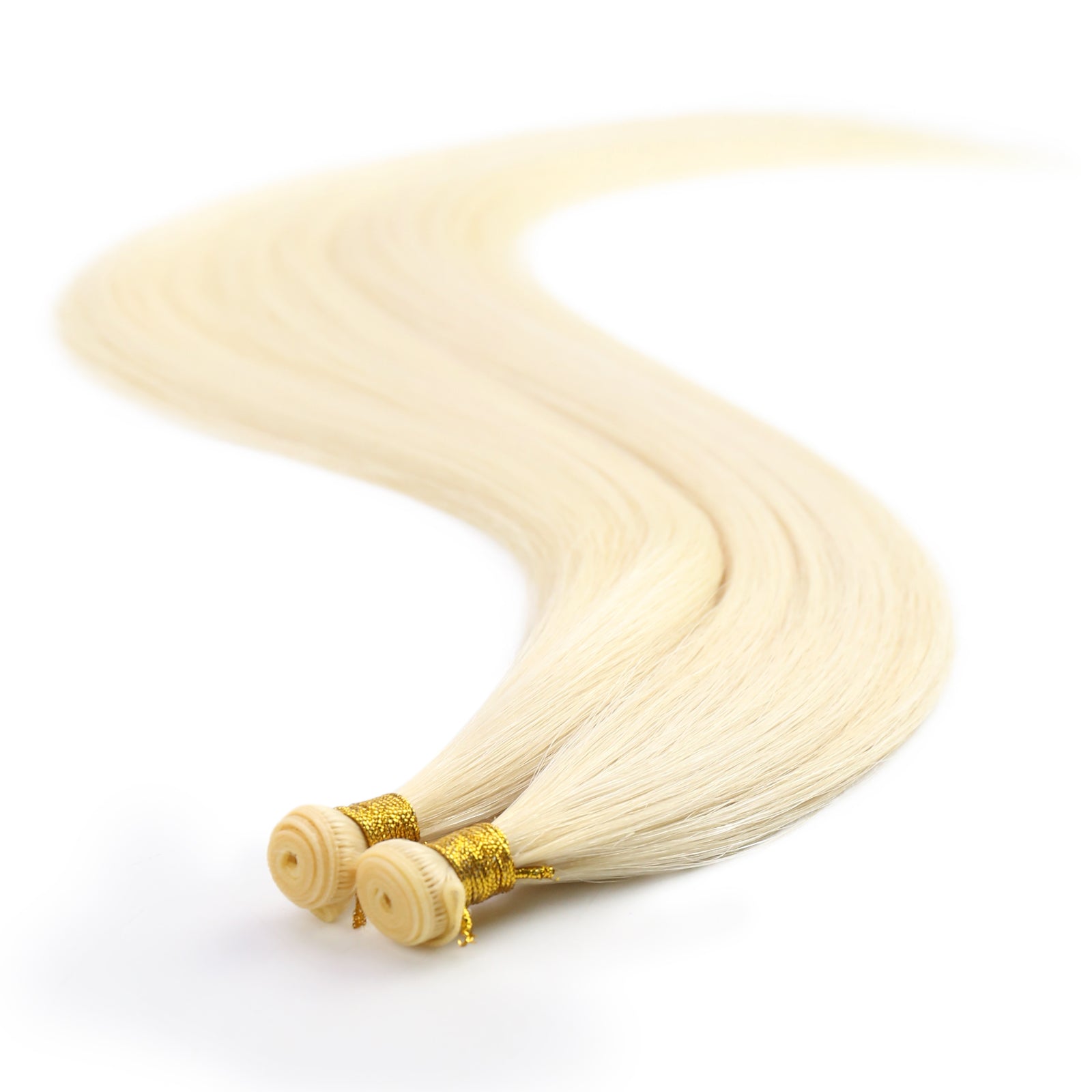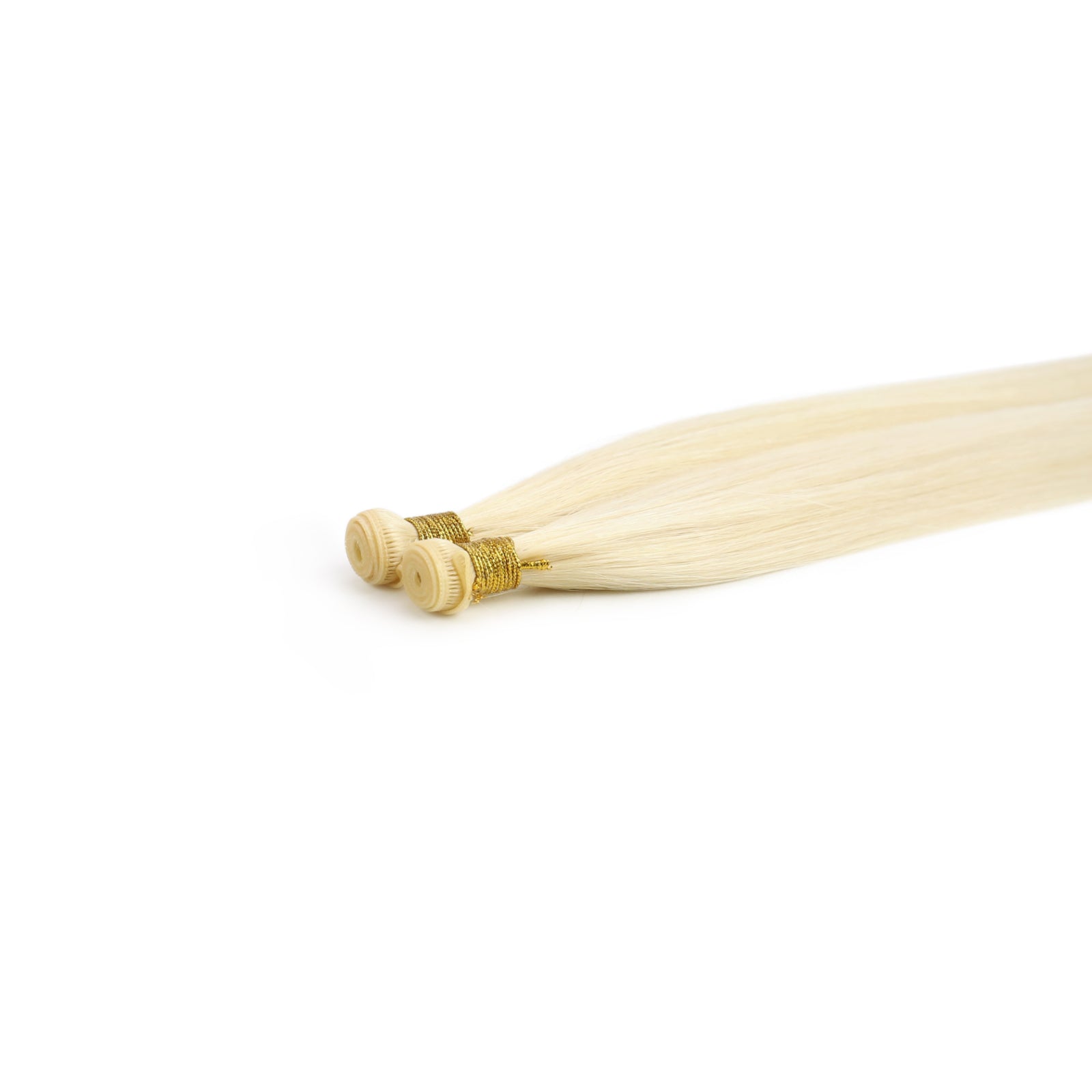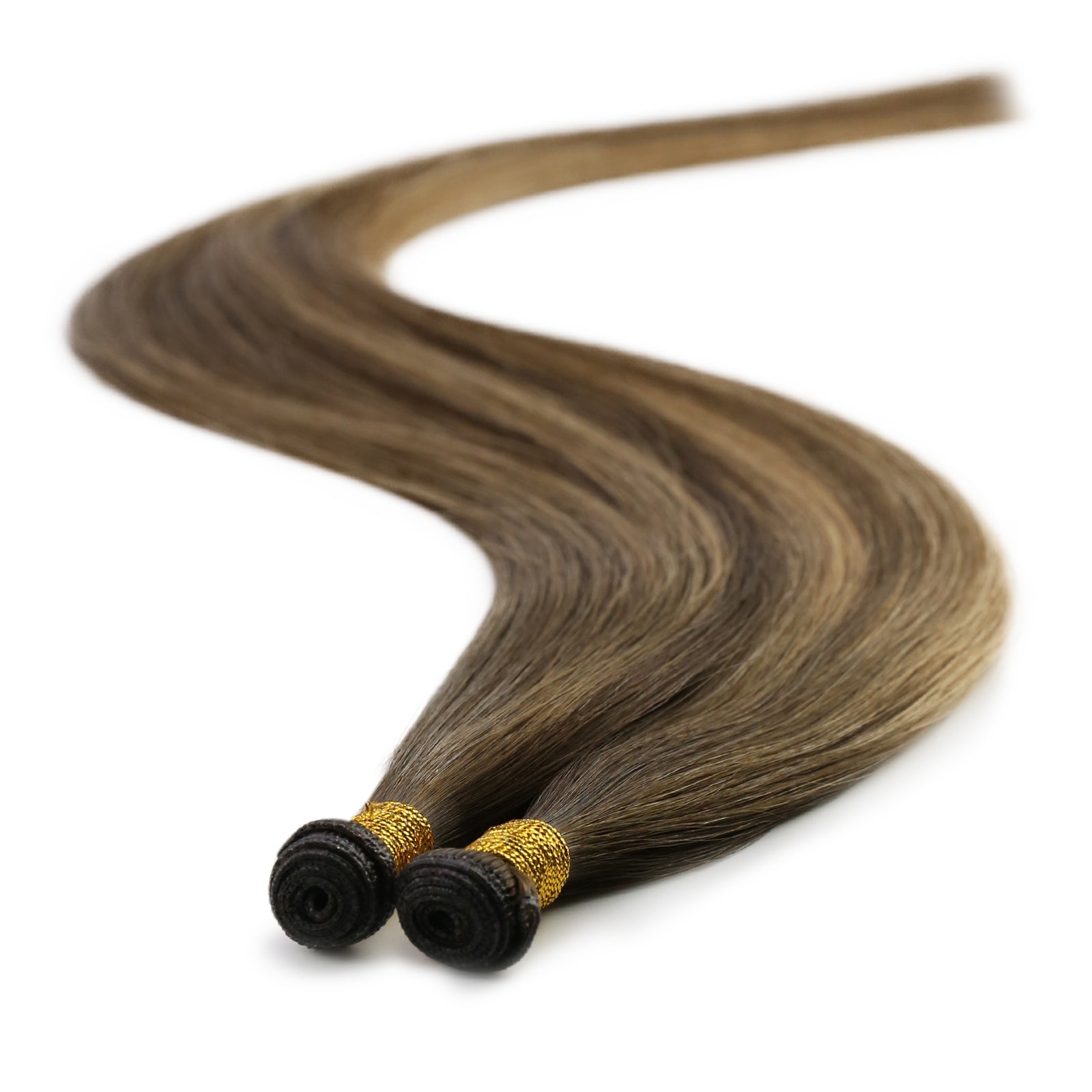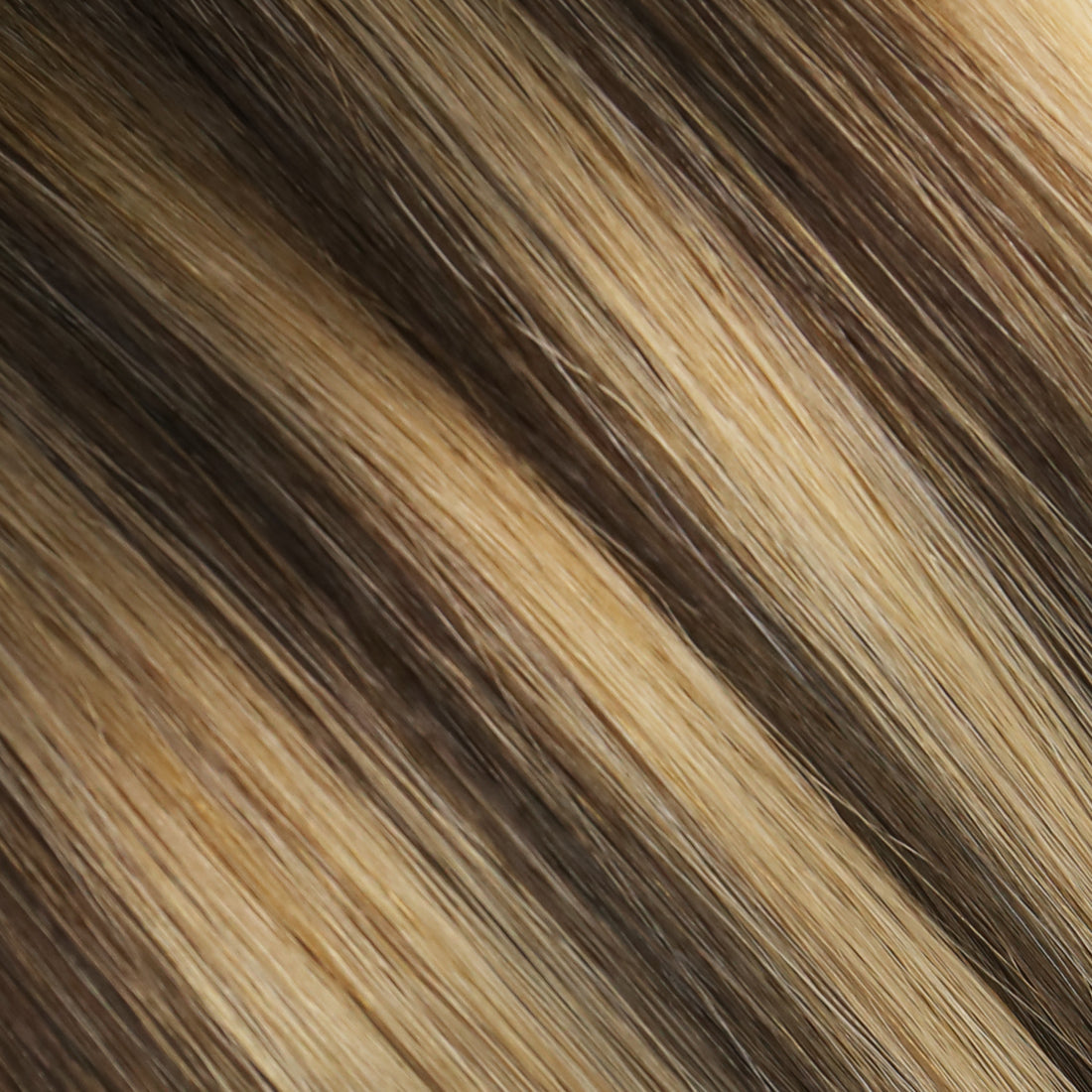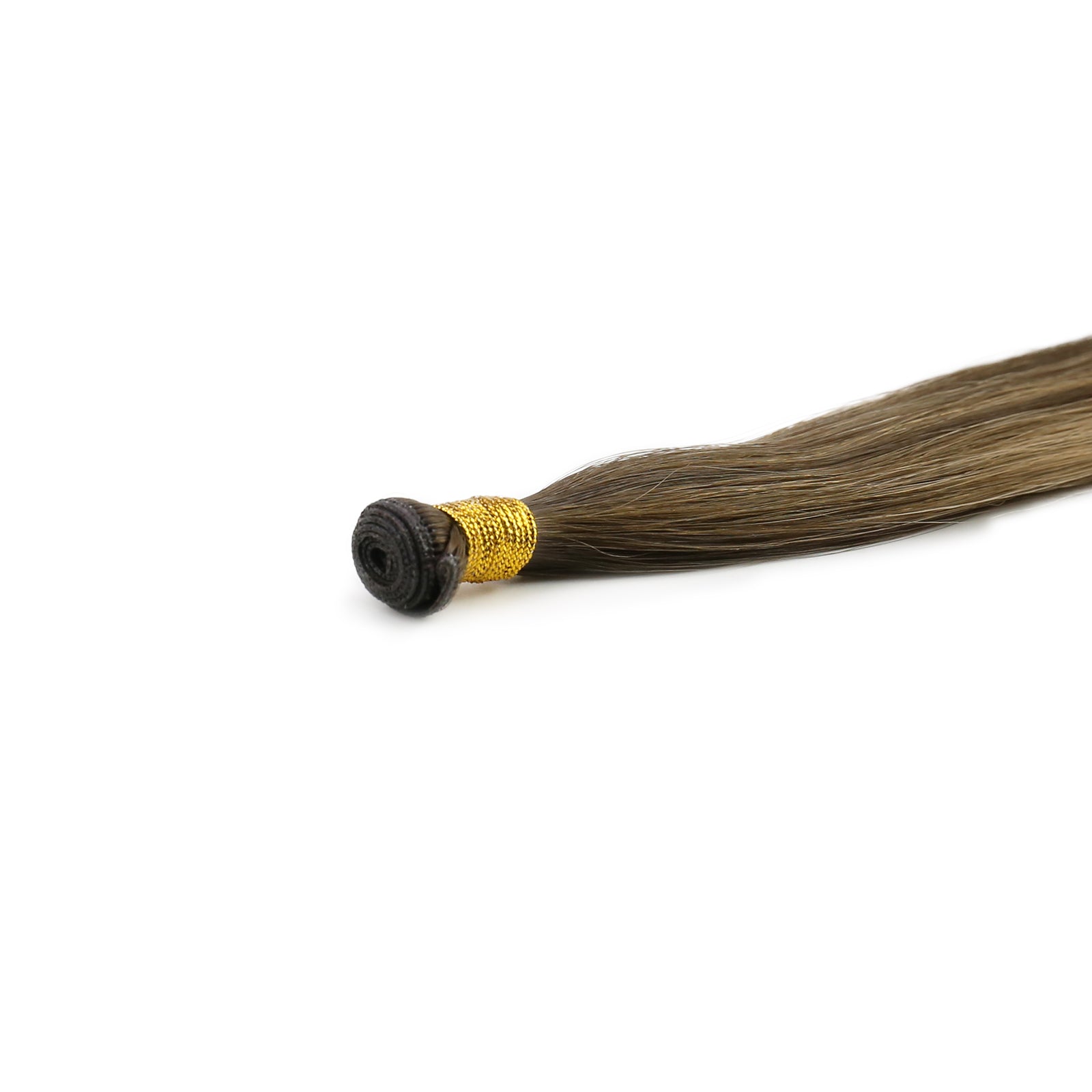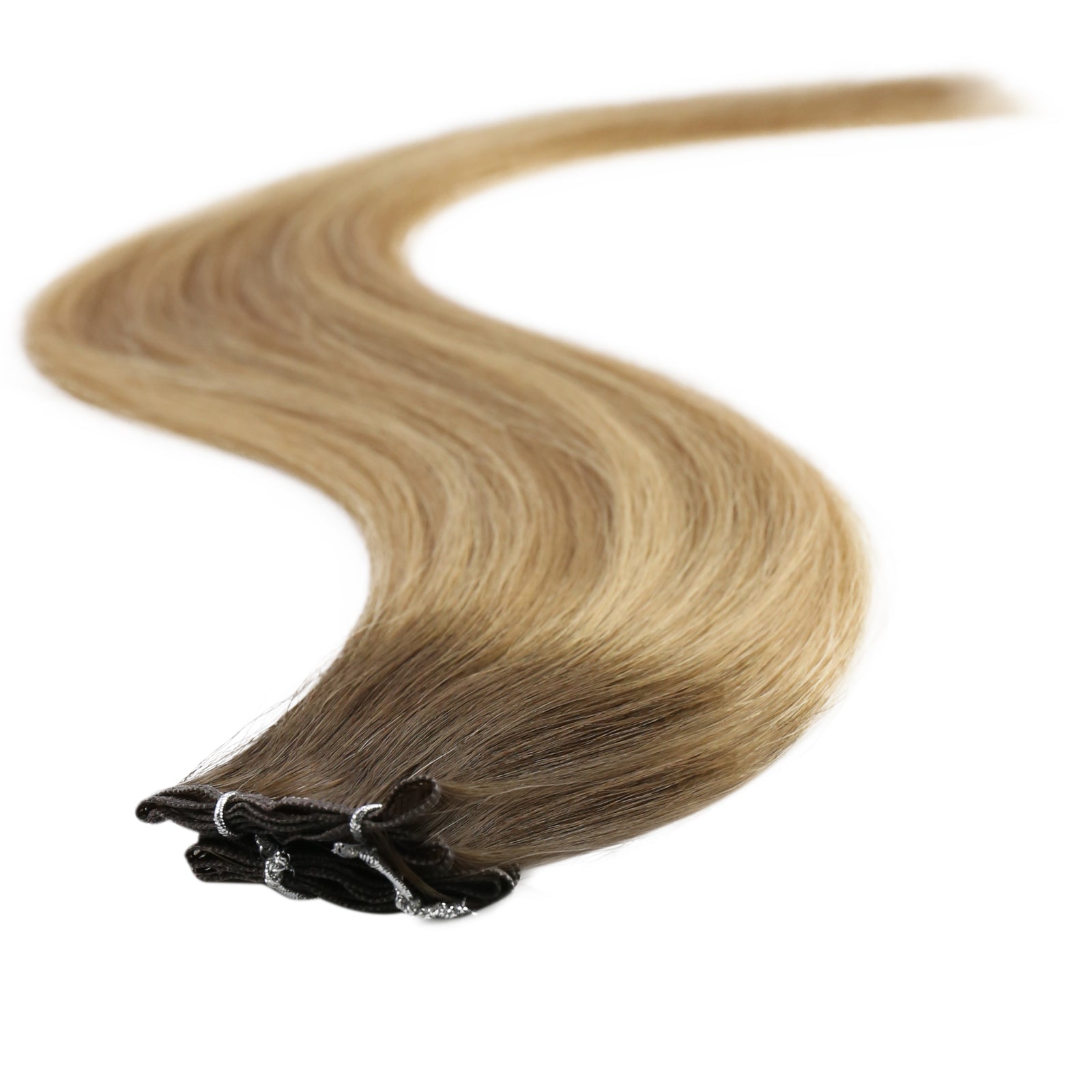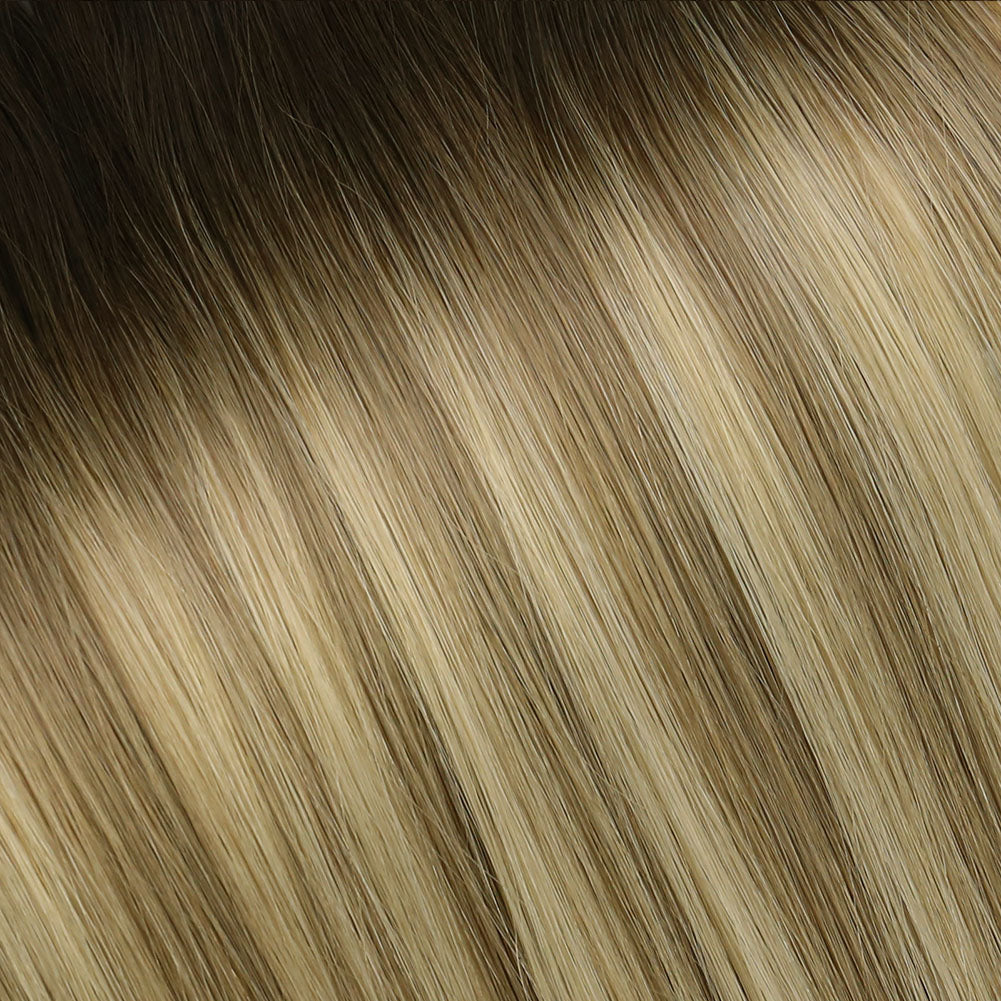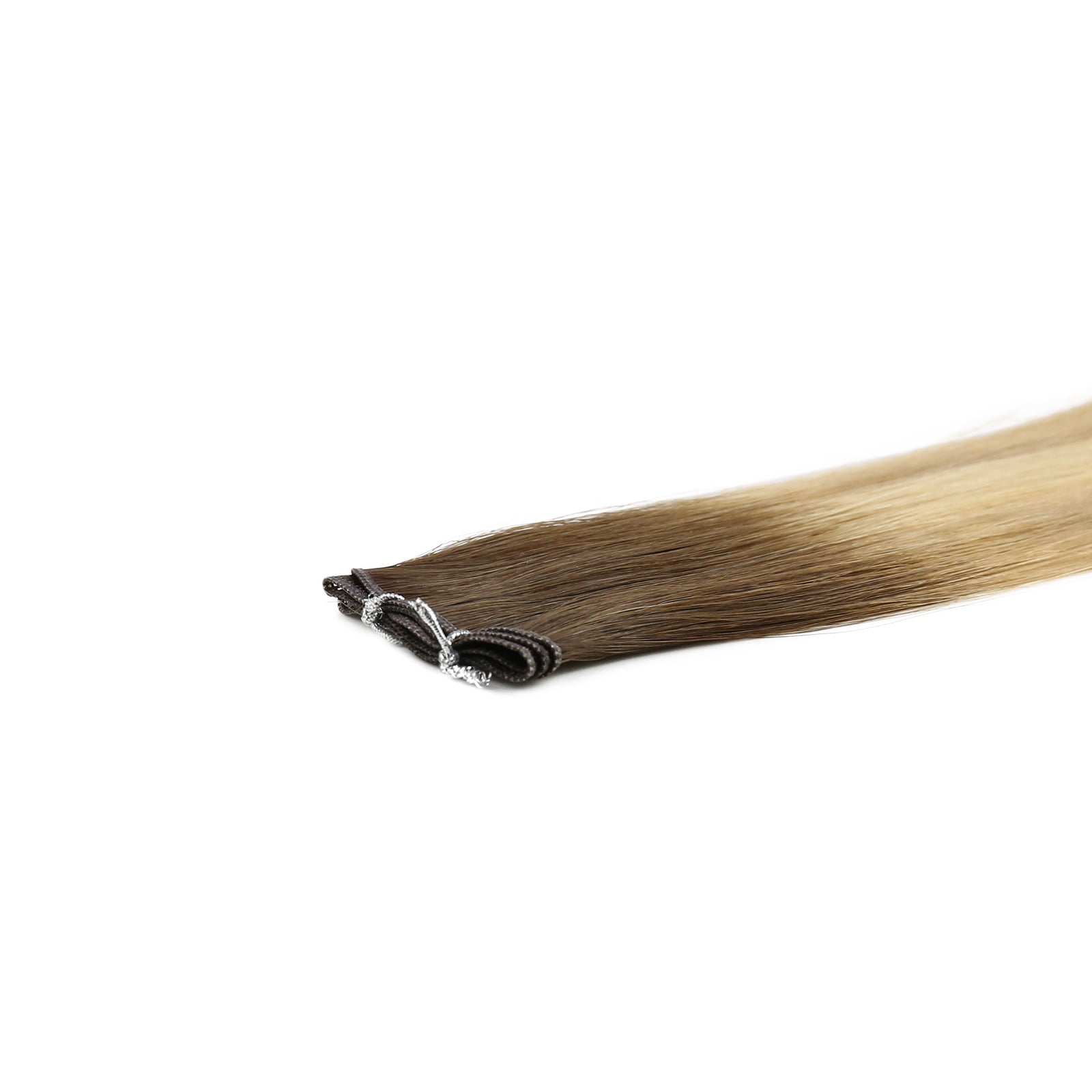- What Is the Hair Growth Cycle?
- What Is Hair Shedding?
- What Is Hair Loss?
- Hair Shedding vs Hair Loss: Key Differences
- How to Diagnose Hair Shedding and Hair Loss
- Effective Solutions for Hair Shedding
- Effective Solutions for Hair Loss
- Common Myths About Hair Shedding and Hair Loss
- Tips for Maintaining Healthy Hair
- Conclusion
Ever wondered why your hair is all over the place, on your pillow, or clogging your shower drain? We've all been there — staring at a clump of hair in the shower or on our hairbrush and wondering, "Is this normal?" The good news is, losing some hair each day is entirely normal. But how do you know when it's something to worry about? Understanding the differences between hair shedding and hair loss is the first step in determining whether you need to take action or simply need to chill out. Let's dive into the nuances of hair shedding vs hair loss. Learn each condition and explore effective solutions.
What Is the Hair Growth Cycle?
Before we delve into hair shedding and hair loss, it's essential to understand the hair growth cycle. Our hair goes through three main phases:
- Anagen Phase (Growth Phase): This is the active growth phase, lasting 2-7 years. The length of this phase determines the maximum length of hair.
- Catagen Phase (Transition Phase): This phase lasts about 2-3 weeks. During this time, hair growth stops, and the hair follicle shrinks.
- Telogen Phase (Resting Phase): This phase lasts around 3 months. The hair doesn't grow but stays attached to the follicle. At the end of this phase, the hair falls out, and a new hair begins to grow, restarting the cycle.
What Is Hair Shedding?
Hair shedding, also known as telogen effluvium, occurs when more hairs than usual enter the telogen phase and fall out. This condition, while often alarming, is generally temporary and can be triggered by various factors. Understanding the underlying causes of hair shedding is crucial for addressing it effectively. Common triggers include:
- Stress: Emotional or physical stress can push hair follicles into the resting phase prematurely.
- Hormonal changes: Pregnancy, childbirth, menopause, and thyroid imbalances can lead to hair shedding.
- Nutritional deficiencies: Lack of essential nutrients like iron, zinc, and vitamins can affect hair health.
- Medications: Certain drugs, including antidepressants, blood thinners, and chemotherapy, can cause increased hair shedding.
- Illness: High fever, severe infections, and chronic illnesses can trigger hair shedding.
Hair shedding typically involves a noticeable amount of hair falling out, but it's often reversible once the underlying cause is addressed. For example, after a stressful event or recovery from an illness, hair usually regrows.
What Is Hair Loss?
Hair loss, medically referred to as alopecia, involves a more permanent reduction in hair density and can occur due to various reasons. Unlike hair shedding, which is typically temporary and can resolve on its own, hair loss often signifies a deeper issue that might require medical intervention. This condition can be distressing and impacts not only the scalp but sometimes other parts of the body as well. Hair loss can result from a range of factors, from genetic predispositions to autoimmune diseases, and understanding these can help in managing and treating the condition effectively.
- Genetics: Androgenetic alopecia, or male/female pattern baldness, is the most common cause of hair loss and is hereditary.
- Autoimmune diseases: Conditions like alopecia areata cause the immune system to attack hair follicles, leading to hair loss.
- Scalp infections: Fungal infections, such as ringworm, can damage hair follicles.
- Hairstyles and treatments: Constant pulling on hair (tight ponytails, braids) or harsh chemical treatments can cause traction alopecia.
- Medical conditions: Diseases like lupus, diabetes, and polycystic ovary syndrome (PCOS) can lead to hair loss.
Addressing hair loss effectively often requires a multifaceted approach, including lifestyle changes, medical treatments, and sometimes surgical interventions. Understanding the specific cause of your hair loss is the first step towards finding the right solution.

Hair Shedding vs Hair Loss: Key Differences
Understanding whether you're dealing with hair shedding or hair loss is crucial for determining the right course of action. Although these terms are often used interchangeably, they refer to different conditions with distinct causes and implications. Let's delve into the key differences between hair shedding and hair loss to help you better identify and address your hair concerns.
- Amount of Hair: Shedding typically involves a diffuse thinning or an increase in hair falling out but not complete bald patches. Hair loss often leads to noticeable thinning in specific areas or patches of baldness.
- Triggers: Hair shedding is usually triggered by temporary factors like stress or illness, whereas hair loss can be due to genetic, autoimmune, or chronic conditions.
- Duration: Shedding is usually temporary and reversible. Hair loss, especially if caused by genetic or autoimmune factors, can be permanent or require long-term treatment.
- Pattern: Shedding involves diffuse hair thinning all over the scalp. Hair loss often follows a pattern, such as receding hairline or bald spots.
How to Diagnose Hair Shedding and Hair Loss
Figuring out whether you're experiencing hair shedding or hair loss can be confusing, but it's essential for finding the right treatment. Consulting a healthcare professional or dermatologist is the best way to get an accurate diagnosis. They can conduct a thorough examination and run various tests to determine the root cause of your hair issues. Here’s what you can expect during the diagnostic process.
- Medical History: Discussing recent life events, illnesses, medications, and family history of hair loss.
- Scalp Examination: Checking for signs of infection, inflammation, or pattern hair loss.
- Blood Tests: To identify underlying health issues like thyroid problems, iron deficiency, or hormonal imbalances.
- Hair Pull Test: Gently pulling on a small section of hair to see how many hairs come out, indicating shedding vs. breakage.
Effective Solutions for Hair Shedding
- Stress Management: Techniques like yoga, meditation, and regular exercise can help reduce stress levels.
- Balanced Diet: Ensuring adequate intake of vitamins, minerals, and proteins supports overall hair health. Foods rich in iron, zinc, and vitamins A, C, and E are particularly beneficial.
- Proper Hair Care: Avoiding harsh hair treatments and opting for gentle hair care products can reduce shedding.
- Medical Treatments: In some cases, doctors may prescribe medications to address underlying issues causing hair shedding.
Effective Solutions for Hair Loss
- Medications: FDA-approved treatments like minoxidil (Rogaine) and finasteride (Propecia) can help slow down hair loss and promote regrowth.
- Hair Transplants: Surgical options like follicular unit transplantation (FUT) or follicular unit extraction (FUE) are effective for permanent hair loss.
- Low-Level Laser Therapy: This non-invasive treatment can stimulate hair growth and improve hair density.
- Lifestyle Changes: Maintaining a healthy diet, managing stress, and avoiding hairstyles that pull on the hair can help manage hair loss.
- Scalp Treatments: Treatments like platelet-rich plasma (PRP) therapy can promote hair growth by injecting the patient's own platelets into the scalp.

Common Myths About Hair Shedding and Hair Loss
When it comes to hair health, there's no shortage of myths and misconceptions floating around. These myths can lead to unnecessary worry or, worse, ineffective treatments. To help you separate fact from fiction, let's debunk some of the most common myths about hair shedding and hair loss. Understanding the truth behind these misconceptions can empower you to make informed decisions about your hair care.
Myth 1: Washing your hair frequently causes hair loss.
The truth is: Washing helps keep the scalp clean and healthy. However, harsh shampoos can cause damage, so using gentle products is key.
Myth 2: Cutting your hair makes it grow back thicker.
The truth is: Hair growth happens at the follicle level, not the tips. Cutting hair doesn’t affect its growth rate or thickness.
Myth 3: Wearing hats causes hair loss.
The truth is: Hats do not cause hair loss. However, hats that are too tight can damage hair follicles over time.
Myth 4: Hair loss is only a problem for men.
The truth is: Women also experience hair loss, often due to hormonal changes, stress, or medical conditions.
Tips for Maintaining Healthy Hair
- Regular Trims: Keep your hair healthy by getting regular trims to avoid split ends.
- Gentle Handling: Avoid excessive brushing, especially when wet, and use wide-tooth combs.
- Healthy Diet: Eat a balanced diet rich in vitamins and minerals.
- Hydration: Drink plenty of water to keep your hair hydrated from within.
- Protect from Heat: Use heat protectants when styling and avoid excessive use of heat tools.
Conclusion
Understanding the differences between hair shedding and hair loss is crucial for identifying the right treatment and maintaining healthy hair. While shedding is typically a temporary and reversible condition, hair loss can be more persistent and may require medical intervention. By managing stress, maintaining a balanced diet, and seeking professional advice when necessary, you can keep your hair looking its best.
Remember, if you have concerns about your hair, don’t hesitate to seek help. With the right knowledge and care, you can tackle both hair shedding and hair loss effectively.

